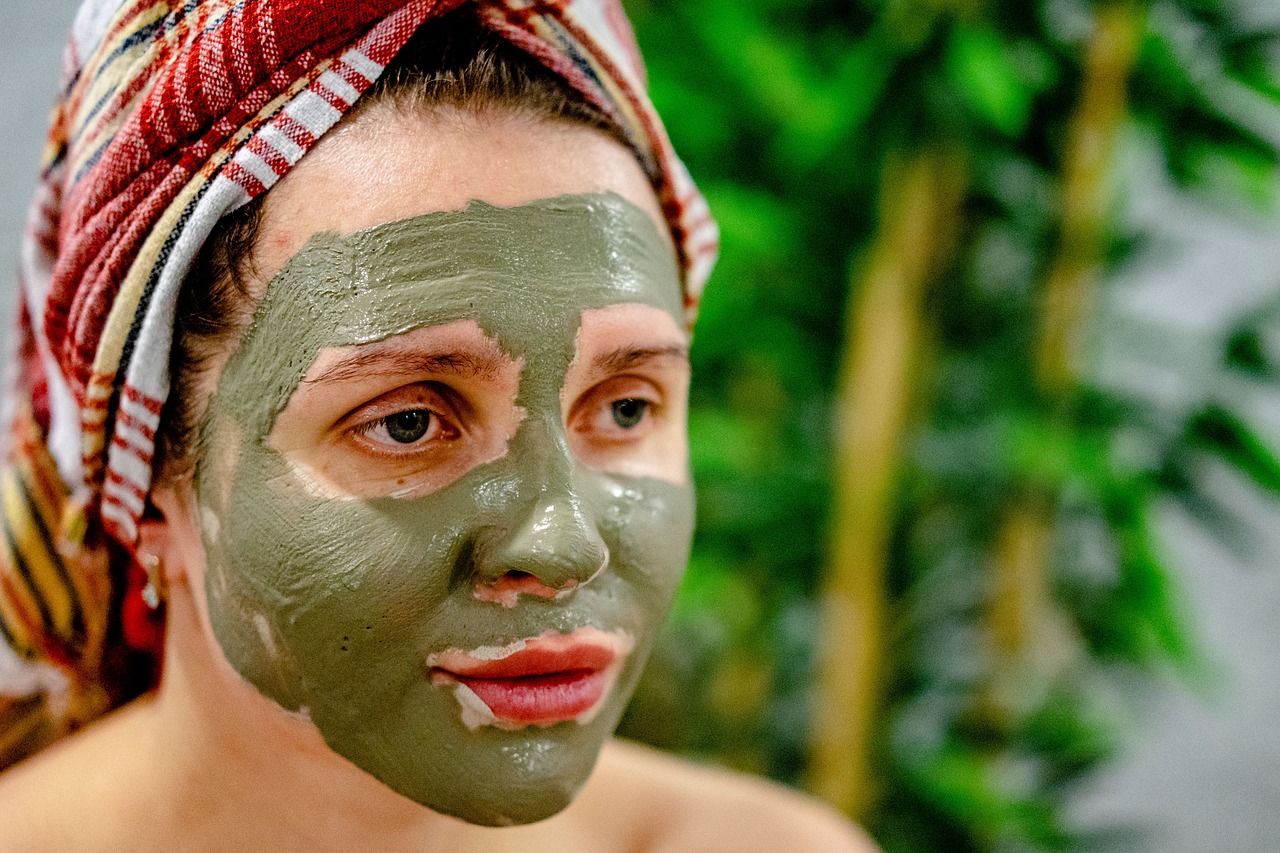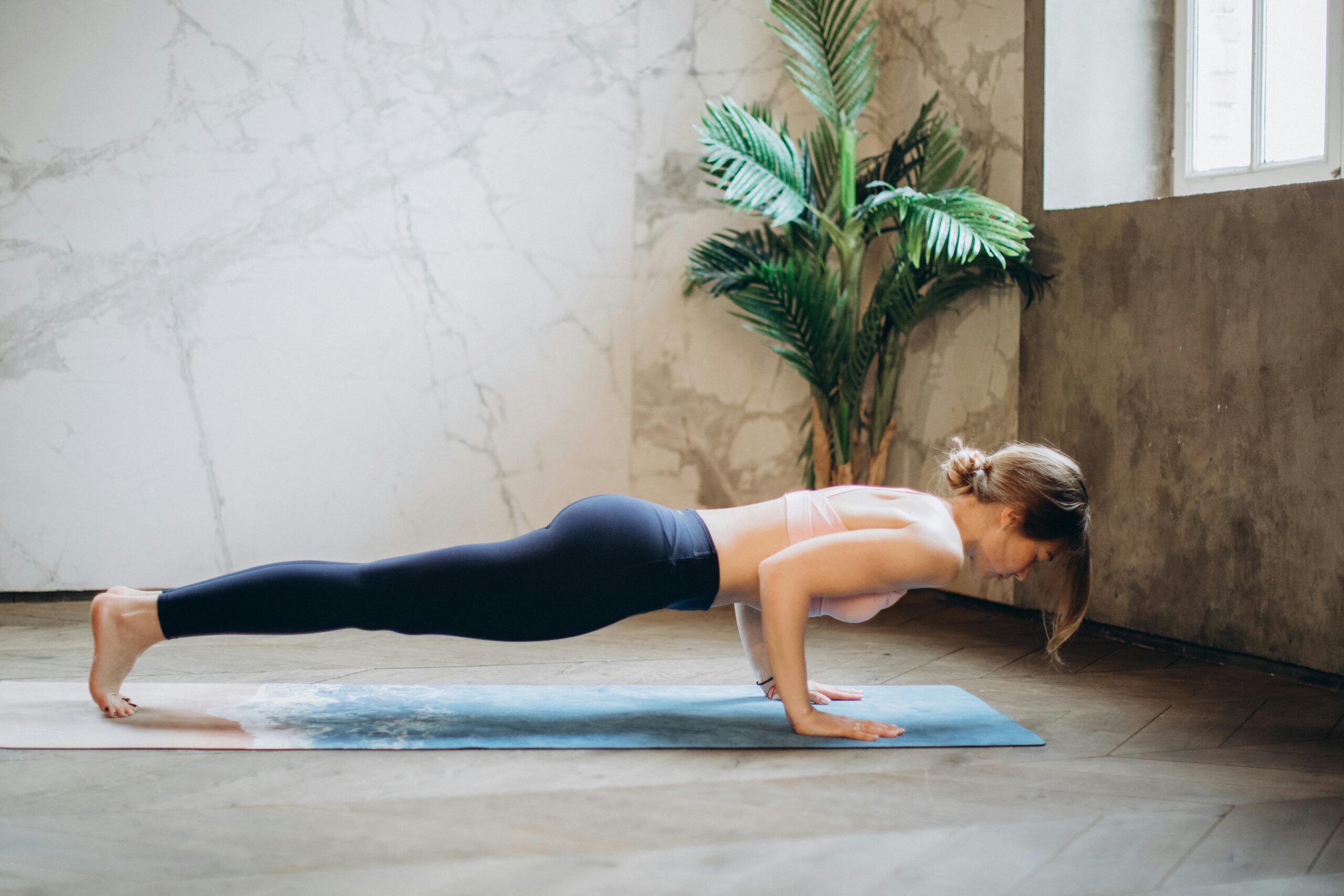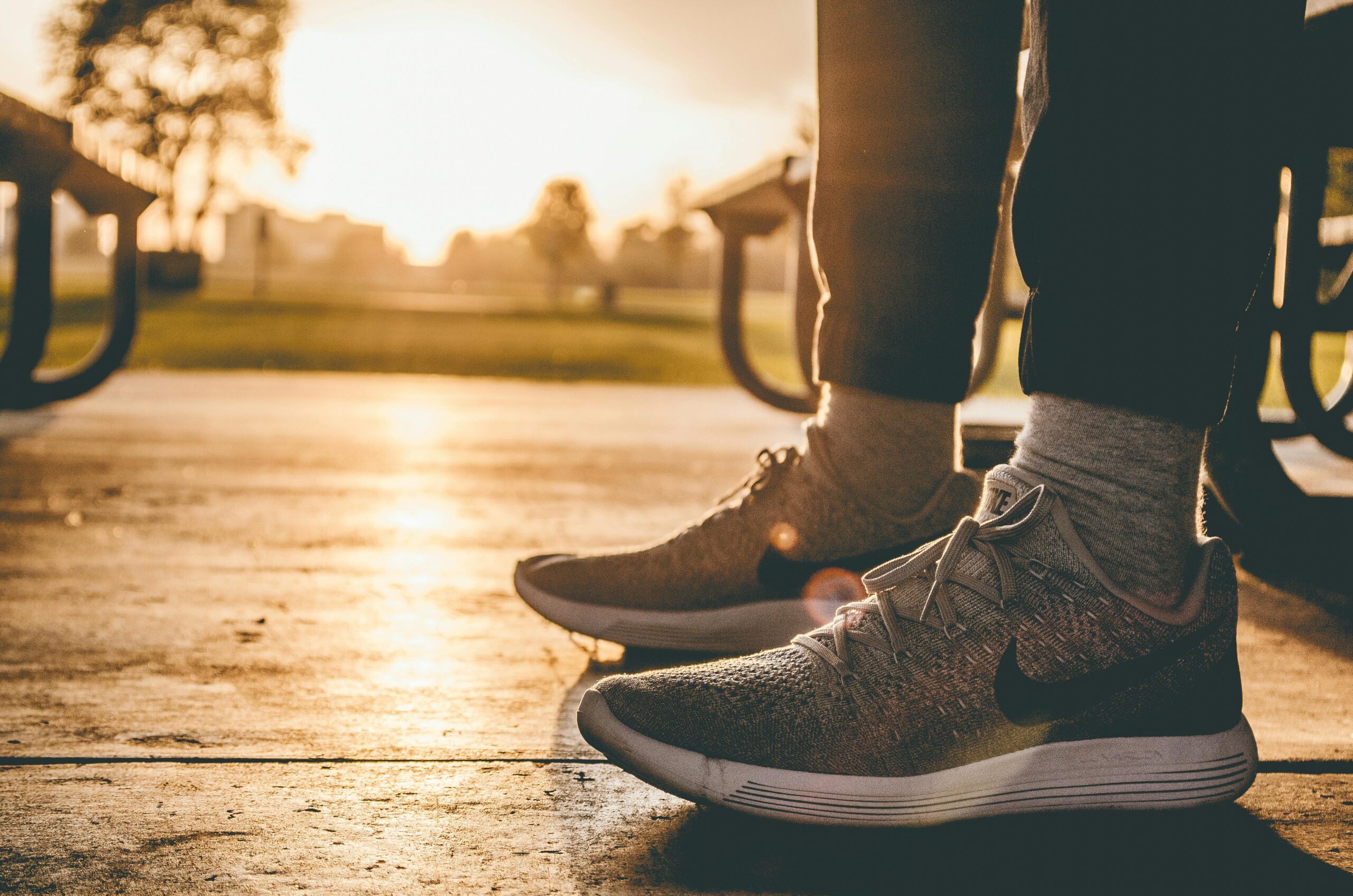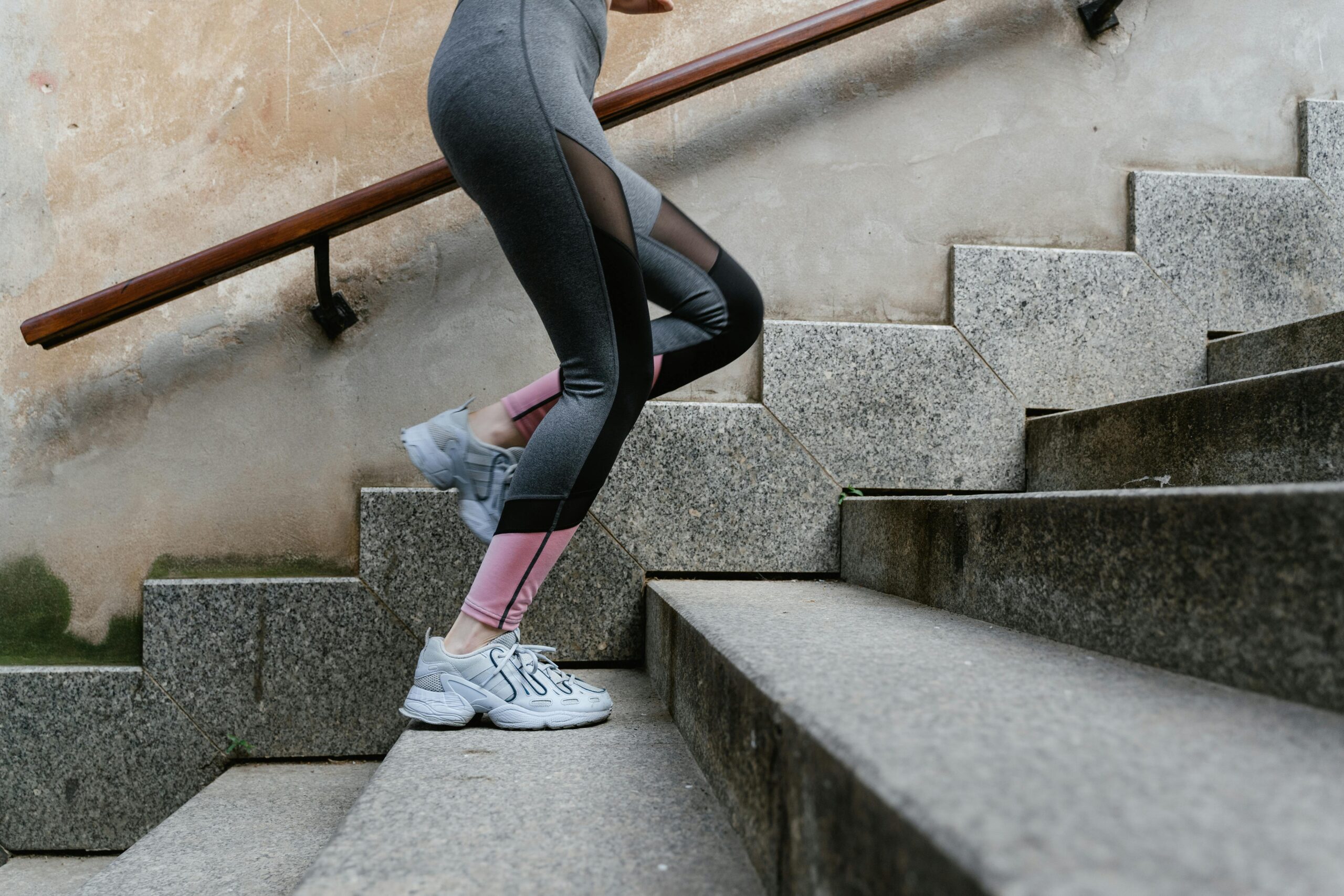When choosing workout clothing material, many people focus on style and fit. But the material is just as important, if not more so. Workout clothing material can make a huge difference in your comfort, performance, and even safety while exercising. The right fabric can help regulate body temperature, reduce sweat, and allow for better flexibility. Wearing clothing made from the right materials can help you feel fresh and comfortable, even during intense workouts. In this article, we’ll look at the best workout clothing material and explain why each fabric works well for different activities.
What to Look for in Workout Clothing Material
When selecting workout clothing material, consider how the fabric interacts with your body and the environment. Workout clothing material should be breathable, moisture-wicking, and stretchable. Breathability allows air to circulate, helping you stay cool. Moisture-wicking fabrics pull sweat away from your skin, keeping you dry. Stretchable materials allow for a full range of motion, essential for activities like yoga or weightlifting. Also, durability matters. Since workout clothing material get washed often, they should be able to withstand regular wear and tear without losing shape or comfort.
Polyester: The All-Rounder Workout Fabric
Polyester is a popular choice in workout clothing material, known for being durable and lightweight. It’s a synthetic material, meaning it’s designed specifically for performance. Polyester is breathable, which allows air to flow through it easily, keeping you cool. One of the biggest advantages of polyester is its moisture-wicking ability. When you sweat, polyester quickly absorbs it and releases it into the air, keeping you dry. Polyester clothing is easy to wash and dries quickly, making it ideal for people who workout regularly. Many brands use polyester in their activewear because of its versatility and long-lasting quality. However, some people find that polyester retains odor more than other fabrics.
Nylon: Soft, Stretchy, and Long-Lasting
Nylon is another synthetic workout clothing material commonly used in workout clothing. Known for its soft texture and flexibility, nylon is a great choice for activities that require a lot of movement, like running or dance. Nylon has natural stretch, allowing your clothes to move with you. It’s also quite breathable and moisture-wicking, so it keeps sweat at bay. Another advantage of nylon is its durability. Nylon workout clothing material holds up well even after multiple washes. It’s a great choice if you’re looking for workout clothes that will last and stay comfortable over time.
Spandex, also known as Lycra or elastane, is famous for its stretch. It can expand to several times its size and then return to its original shape, making it perfect for activities requiring flexibility, like yoga and pilates. Spandex is often blended with other materials like polyester or nylon to add elasticity. This gives the fabric a snug fit, which can be helpful for activities where you want your workout clothing material to stay in place. Spandex is also moisture-wicking, so it helps keep you dry during intense workouts. While it’s a great option for flexibility, spandex alone is not very breathable, so it’s best when combined with other workout clothing material for improved airflow.

Cotton: A Natural and Comfortable Choice
Cotton is a natural fiber and one of the softest workout clothing material, making it very comfortable for casual workouts. Cotton is highly breathable, which helps keep you cool in mild activities. However, cotton does not have moisture-wicking abilities like polyester or nylon, so it tends to absorb sweat and may feel heavy and damp during intense exercises. Cotton workout clothing material well for low-sweat activities like stretching or gentle yoga, but they’re not ideal for high-intensity workouts. Cotton is also easy to care for and durable, so it’s often blended with other materials to create a fabric that’s both comfortable and performance-friendly.
Bamboo Fabric: Eco-Friendly and Odor-Resistant
Bamboo fabric has gained popularity in workout clothing material because of its natural and eco-friendly qualities. Bamboo is naturally antibacterial, which helps reduce odor even after long workouts. It’s also breathable and moisture-wicking, keeping you cool and dry. Bamboo fabric feels soft against the skin, making it comfortable for all-day wear. It’s a good choice if you’re looking for a sustainable option, as bamboo is a renewable resource. Bamboo fabric is generally less durable than synthetic materials, so it’s often blended with other fibers to increase its longevity. While bamboo is ideal for low to medium-intensity workout clothing material, it may not be as durable for high-intensity activities.
Merino Wool: Perfect for Temperature Control
Merino wool may not be the first workout clothing material that comes to mind for workout clothing material, but it’s actually very effective, especially for outdoor workouts. Merino wool is a natural fiber that provides excellent temperature regulation, keeping you warm when it’s cold and cool when it’s hot. It’s also moisture-wicking, so it won’t leave you feeling sweaty. Plus, merino wool has natural odor-resistant properties, so it stays fresh even after multiple wears. It’s ideal for activities like hiking, where you might experience a range of temperatures. However, merino wool can be more expensive and requires gentle washing.
Many workout clothes are made from a blend of fabrics to combine the benefits of each material. For example, polyester is often blended with spandex for added stretch, or with cotton for softness. Blended fabrics can offer a balance between breathability, moisture-wicking, and durability. This combination is popular in sportswear because it creates versatile clothing that can be used in different types of workouts. Blended fabrics allow you to enjoy the strengths of each material without the drawbacks. Look for blends if you want workout clothes that perform well across a range of activities.
How to Choose the Right Workout Clothing Material for Your Activity
Selecting the right material depends on your workout style and preferences. For high-intensity exercises, opt for synthetic materials like polyester or spandex that are breathable and moisture-wicking. For activities with a lot of movement, such as yoga or dance, look for fabrics with stretch, such as spandex or nylon. For low-intensity activities, cotton or bamboo fabric may be suitable. Outdoor workouts may benefit from temperature-regulating fabrics like merino wool. Blended fabrics are a versatile choice that work well for a mix of activities. Choose materials that fit your needs and make you feel comfortable throughout your workout.
Caring for Different Workout Clothing Materials
Proper care is essential to maintain the quality and performance of your workout clothing. Each fabric type has its own washing and drying requirements to ensure longevity. For synthetic materials like polyester, nylon, and spandex, it’s best to wash them in cold water on a gentle cycle. Hot water can cause these fabrics to lose their elasticity and degrade faster. Use a mild detergent and avoid fabric softeners, as these can coat the fibers and reduce their moisture-wicking abilities. Line drying is recommended, as high heat from dryers can damage synthetic materials over time.
Cotton workout clothing, on the other hand, can generally handle warm water and regular detergent. However, cotton is prone to shrinking, so air drying or using a low-heat setting is ideal. If your workout gear is made from merino wool or bamboo, use a delicate cycle with cold water to preserve the softness and natural properties of these fabrics. Merino wool can shrink easily in hot water, and bamboo fabric may lose its shape if not handled with care. Hand washing or using a laundry bag can also help protect delicate workout materials.
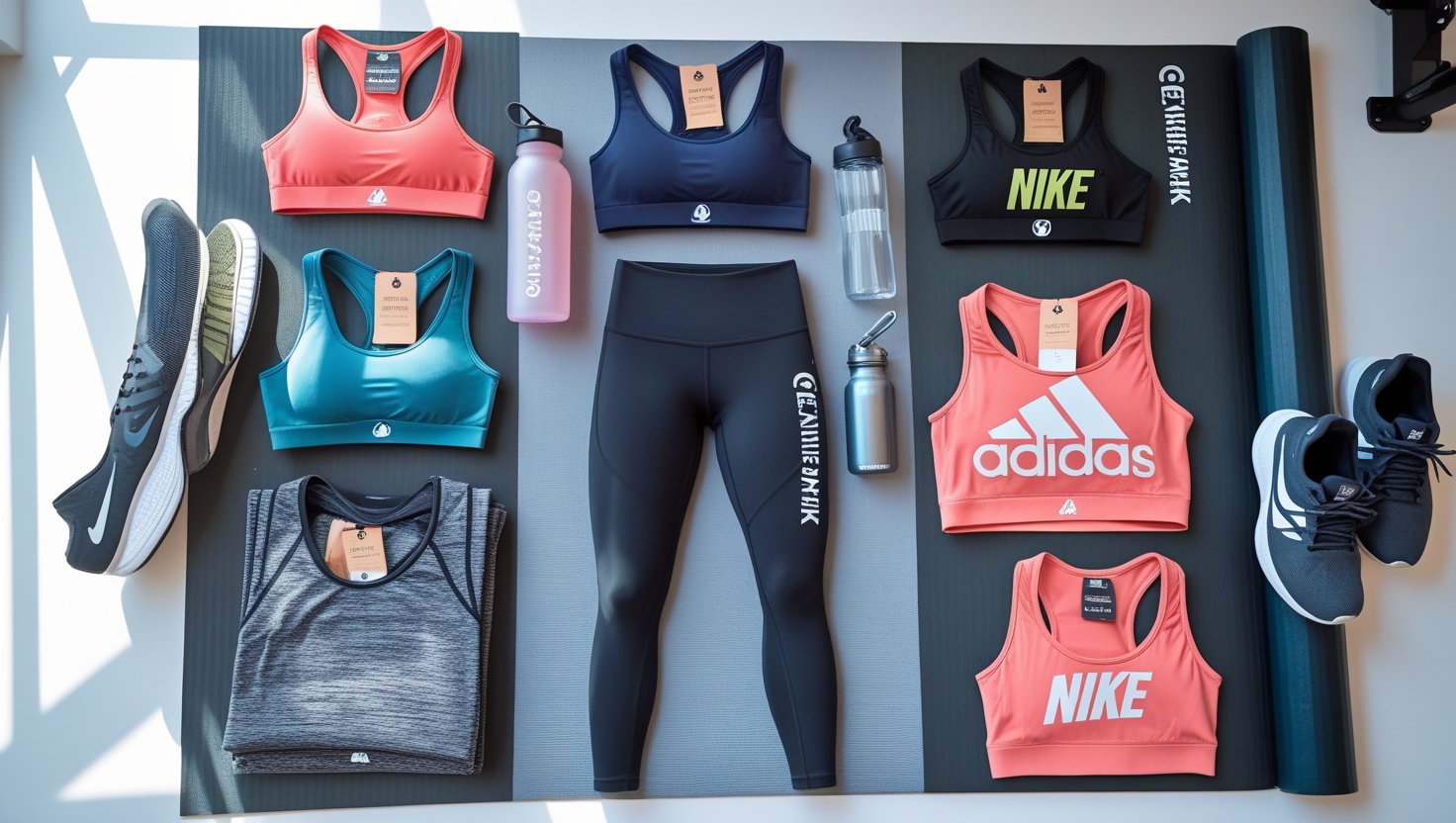
Benefits of Choosing the Right Workout Clothing Material
Selecting the right material for workout clothing can have a positive impact on your performance, comfort, and even confidence. When you wear clothes made from breathable, moisture-wicking fabrics, you feel cooler and drier, which can make it easier to focus on your workout. Proper workout gear also reduces friction, lowering the risk of skin irritation and rashes, especially in high-motion activities like running or cycling. With durable fabrics, your clothing retains its shape and quality even after multiple uses, ensuring that your investment lasts longer.
Having workout clothes suited to specific activities can also improve range of motion. Stretchy fabrics like spandex offer flexibility that’s essential for yoga, pilates, or weightlifting. Temperature-regulating materials like merino wool allow you to feel comfortable in various weather conditions, making them great for outdoor sports. Knowing you’re wearing clothes tailored to your exercise type can boost motivation and keep you committed to your fitness goals.
Sustainable and Eco-Friendly Workout Clothing Materials
With the rise in environmental awareness, many people are choosing workout clothes made from sustainable or eco-friendly materials. Bamboo, organic cotton, and recycled polyester are all options that reduce environmental impact while still offering great performance. Bamboo grows quickly and doesn’t require pesticides, making it a sustainable choice. Organic cotton is grown without harmful chemicals, protecting both the environment and your skin. Recycled polyester is made from plastic bottles and other post-consumer materials, helping reduce waste.
While eco-friendly options may sometimes be more expensive, they’re worth considering if you’re mindful of your environmental footprint. Some brands also use innovative production processes that reduce water use and carbon emissions. As the demand for sustainable clothing grows, more brands are likely to adopt eco-friendly practices, giving consumers a wider range of choices. By choosing workout clothes made from sustainable materials, you can support a healthier planet while enjoying high-quality activewear.
Popular Brands Offering High-Quality Workout Clothing Materials
Several brands specialize in producing high-quality workout clothing with advanced fabric technology. Lululemon, for example, uses its own patented materials like Nulu and Luxtreme, which are designed for softness, stretch, and moisture-wicking. Nike’s Dri-FIT fabric, made from polyester, is known for its ability to keep athletes cool and dry. Under Armour’s HeatGear and ColdGear lines are popular for temperature regulation, making them suitable for both warm and cold weather workouts.
Outdoor brands like Patagonia focus on sustainable materials, often using recycled polyester and organic cotton in their activewear. Athleta offers a range of eco-friendly options, including clothes made from organic cotton and sustainable bamboo blends. These brands invest in research to create fabrics that not only enhance performance but also prioritize comfort and durability. While high-quality brands may come at a premium, the investment is often worthwhile for clothing that can handle intense workouts and frequent washing.
Conclusion
Choosing the right workout clothing material is essential for both comfort and performance. Different fabrics offer unique benefits: polyester and nylon are perfect for intense, sweat-inducing workouts thanks to their moisture-wicking and breathable qualities, while spandex provides unmatched stretch for flexibility. Natural options like cotton and bamboo offer comfort and softness, making them ideal for low-intensity exercises or for those who prefer eco-friendly choices. Blended fabrics provide a balanced option, combining the best features of multiple materials.
Selecting workout clothing material that matches the type and intensity of your activity can enhance your comfort, prevent skin irritation, and even improve your confidence. Quality workout clothing material also stand up to frequent washing, extending the life of your activewear. Whether you’re lifting weights, doing yoga, running, or hiking, having the right workout clothing material ensures that you stay focused and motivated. With so many options available, you can find fabrics that fit both your lifestyle and your fitness goals, making your exercise routine more enjoyable and effective.
FAQs
1. Which material is best for sweaty workouts?
Polyester is ideal for sweaty workouts due to its moisture-wicking properties. It quickly absorbs and evaporates sweat, keeping you dry. Nylon and spandex blends also work well for intense activities as they wick away moisture and allow for movement.
2. Is cotton good for workout clothing?
Cotton is breathable and comfortable but absorbs moisture instead of wicking it away, so it may feel damp during high-sweat activities. It’s suitable for light exercises like stretching but may not be the best choice for high-intensity workouts.
3. Are natural fabrics better than synthetic ones for workouts?
Natural fabrics like cotton and bamboo are comfortable and eco-friendly, but synthetic materials like polyester, nylon, and spandex often perform better in terms of moisture-wicking, durability, and flexibility, making them a popular choice for activewear.


